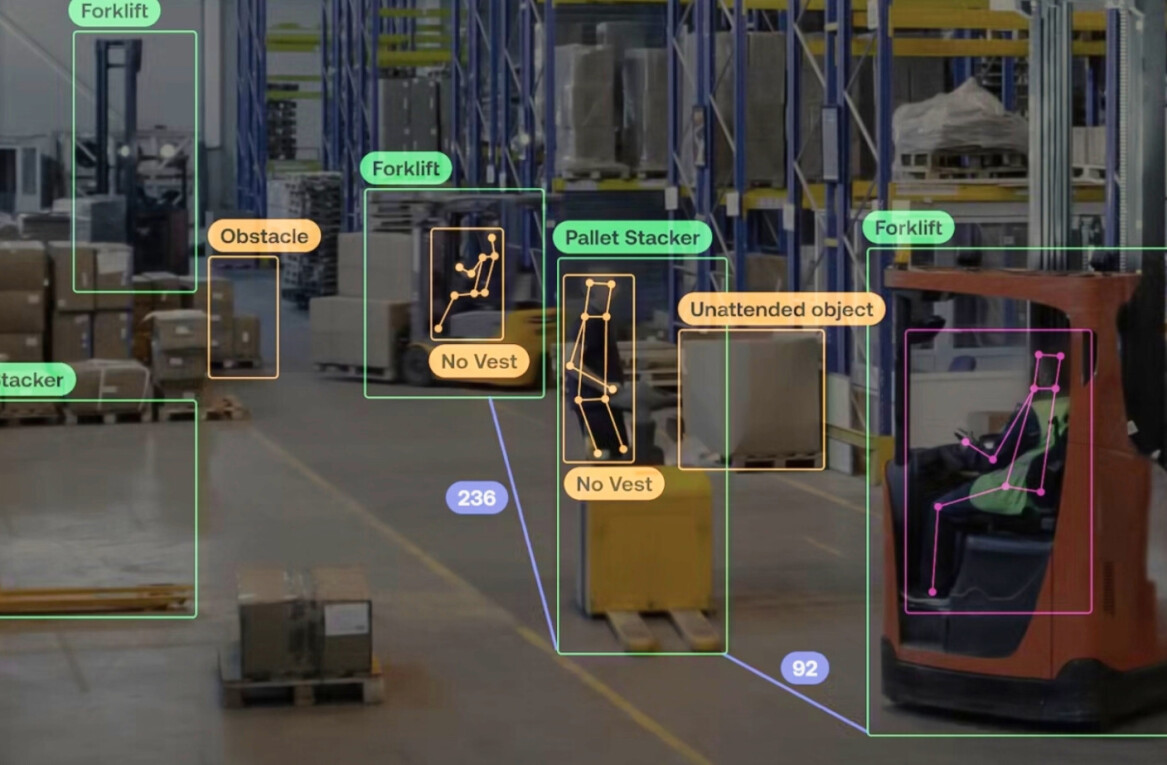This article was originally published by Sarah Wray on Cities Today, the leading news platform on urban mobility and innovation, reaching an international audience of city leaders. For the latest updates follow Cities Today on Twitter, Facebook, LinkedIn, Instagram, and YouTube, or sign up for Cities Today News.
Spending on smart city technology is expected to reach US$327 billion by 2025, up from US$96 billion in 2019, according to a new forecast from Frost & Sullivan.
The analyst company said an uncertain post-pandemic situation will compel cities to focus on developing collaborative, data-driven infrastructure for use in healthcare, public security services and more.
Artificial intelligence and data-driven solutions are expected to be in high demand, with growing opportunities for crowd analytics, open data dashboards and digital city services.
Investments in smart technologies are also expected to rise over the next two years. Cities have already invested in contact-tracing wearables and apps, open data platforms, autonomous drones and crowd analytics to fight COVID-19, according to the report, and smart grids, intelligent traffic management, autonomous vehicles, smart lighting and e-governance services are expected to gain traction when the pandemic passes.
US$2.46 trillion market
Overall, smart cities are forecast to generate business opportunities worth US$2.46 trillion by 2025 and Frost & Sullivan expects at least 26 smart cities to be established by then.
Malabika Mandal, Visionary Innovation Group Industry Analyst, Frost & Sullivan, said: “Smart cities will focus on data-driven and connected infrastructure, which will lead to higher adoption of technologies like AI and 5G. They will prioritize more digitalized services and a strong data analytics infrastructure, leading to increased spending toward technology.”
There is no universal definition of what constitutes a smart city. Frost & Sullivan characterizes it as those with “active and verifiable pursuits” in at least five of eight areas: smart governance and education; smart healthcare; smart buildings; smart mobility; smart infrastructure; smart technology; smart energy; and smart citizens.
Mandal told Cities Today that by this definition there are no truly smart cities yet. Sixteen of the 26 leading cities are expected to be in North America and Europe, with the rest in Asia and Oceana. Mandal said Amsterdam, Seoul, Singapore and Copenhagen are among the frontrunners .
COVID recovery
More than 70 percent of global smart city spending by 2030 will be from the United States, Western Europe and China, the report finds.
Archana Vidyasekar, Visionary Innovation Group Research Director at Frost & Sullivan, commented: “Now more than ever, the strategy of being technology-first, optimistic and focused on ‘smart’ is critical. While COVID-19 has largely been a health crisis, it has disrupted city ecosystems and infrastructure tremendously. Smart technologies offer innovative solutions that can reverse the damage and bring some respite, if not normalcy. For instance, digital contact tracing can play a critical role in empowering citizens with knowledge of COVID-impacted areas and promote safer urban movement.”
Other analysts have suggested that the pandemic could curb smart city spending in the short-term as local governments face severe budget challenges, although research from the U.S. Conference of Mayors found that investing in infrastructure, including technology, is US mayors’ top immediate and long-term priority for economic recovery. There is also a renewed focus on prioritizing solutions that make cities more resilient.
SHIFT is brought to you by Polestar. It’s time to accelerate the shift to sustainable mobility. That is why Polestar combines electric driving with cutting-edge design and thrilling performance. Find out how.
Get the TNW newsletter
Get the most important tech news in your inbox each week.






